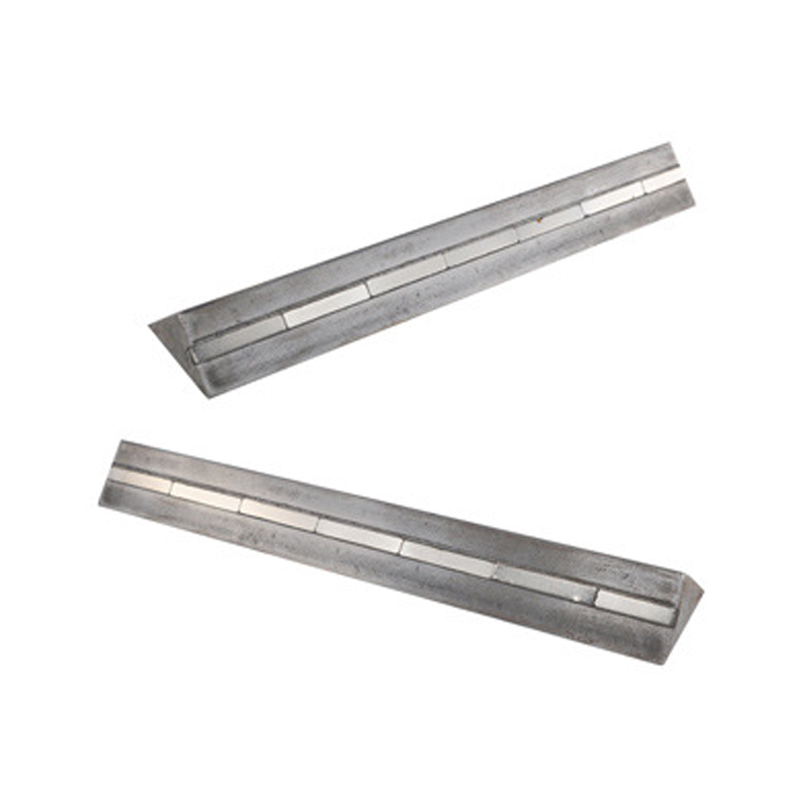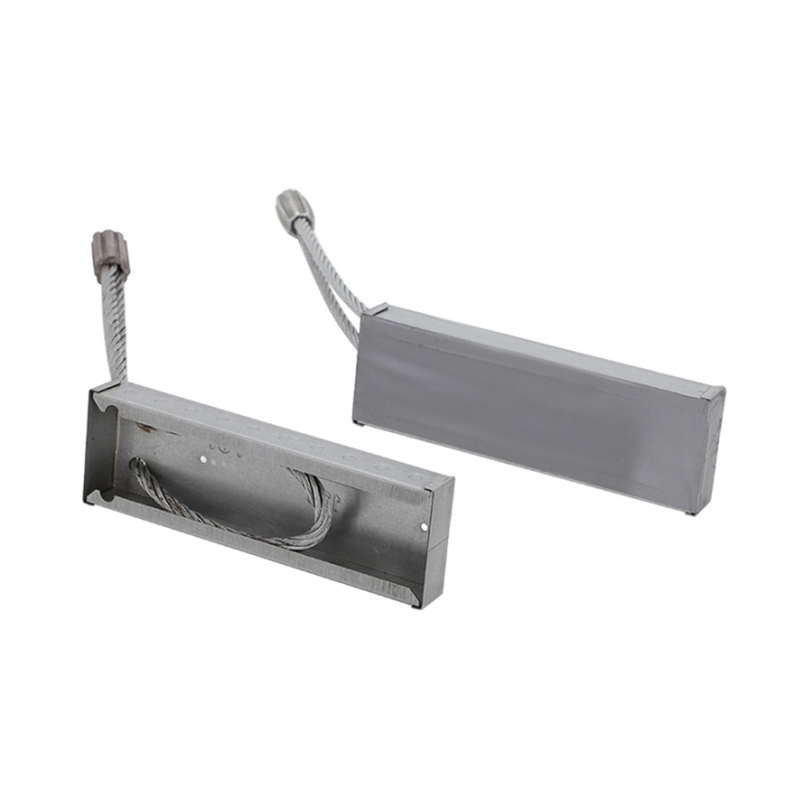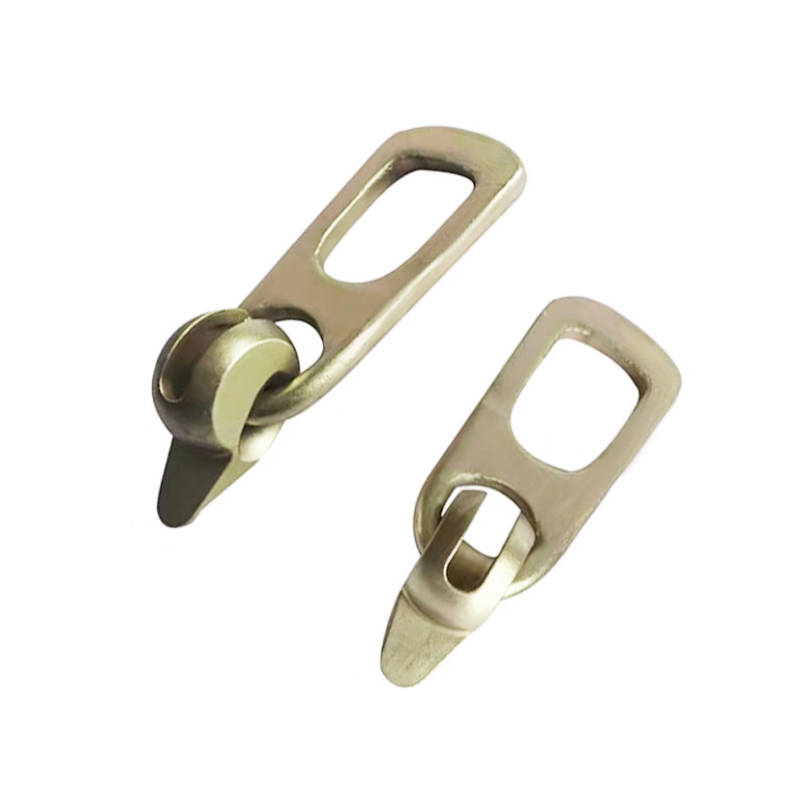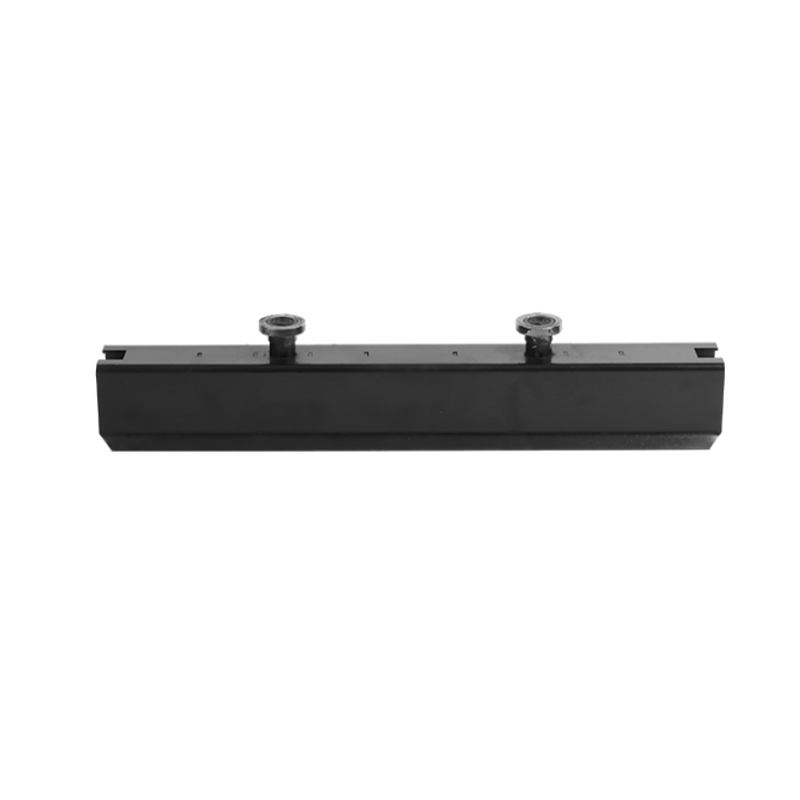Lifting System For Precast Concrete
Whether precast concrete is cheaper depends entirely on project specifics. Here’s a no-nonsense comparison of cost drivers:
●When Precast is Typically Cheaper
▸Repetitive Structures
Identical units (e.g., parking garages, apartment blocks) spread mold costs across many components.
Example: 50 identical columns cast in one reusable mold.
▸Labor-Intensive Regions
Reduces skilled onsite labor needs (no formwork carpenters or finishers).
Critical where union wages or labor shortages inflate costs wages or labor shortages inflate costs.
▸Accelerated Schedules
Factory production + fast assembly slashes project duration.
Saves overhead costs (site management, equipment rentals, financing fees).
▸High-Quality Finishes
Architectural surfaces (exposed aggregate, patterns) cost less in factory vs. onsite handwork.
▸Remote Sites
Offsite fabrication avoids mobilizing crews/equipment to inaccessibleizing crews/equipment to inaccessible locations.
●When Cast-in-Place is Usually Cheaper
▸Unique/Custom Designs
Custom molds for one-off shapes cost more than simple onsite formwork.
Example: Organic architectural curves.
▸Small-Scale Projects
Transporting few precast units long distances kills savings.
Example: A single retaining wall.
▸Tight Sites with No Crane Access
Precast requires heavy cranes; cast-in-place can use pumps or manual methods.
▸Design Changes Mid-Construction
Altering precast units post-production is costly; cast-in-place allows adjustments.









